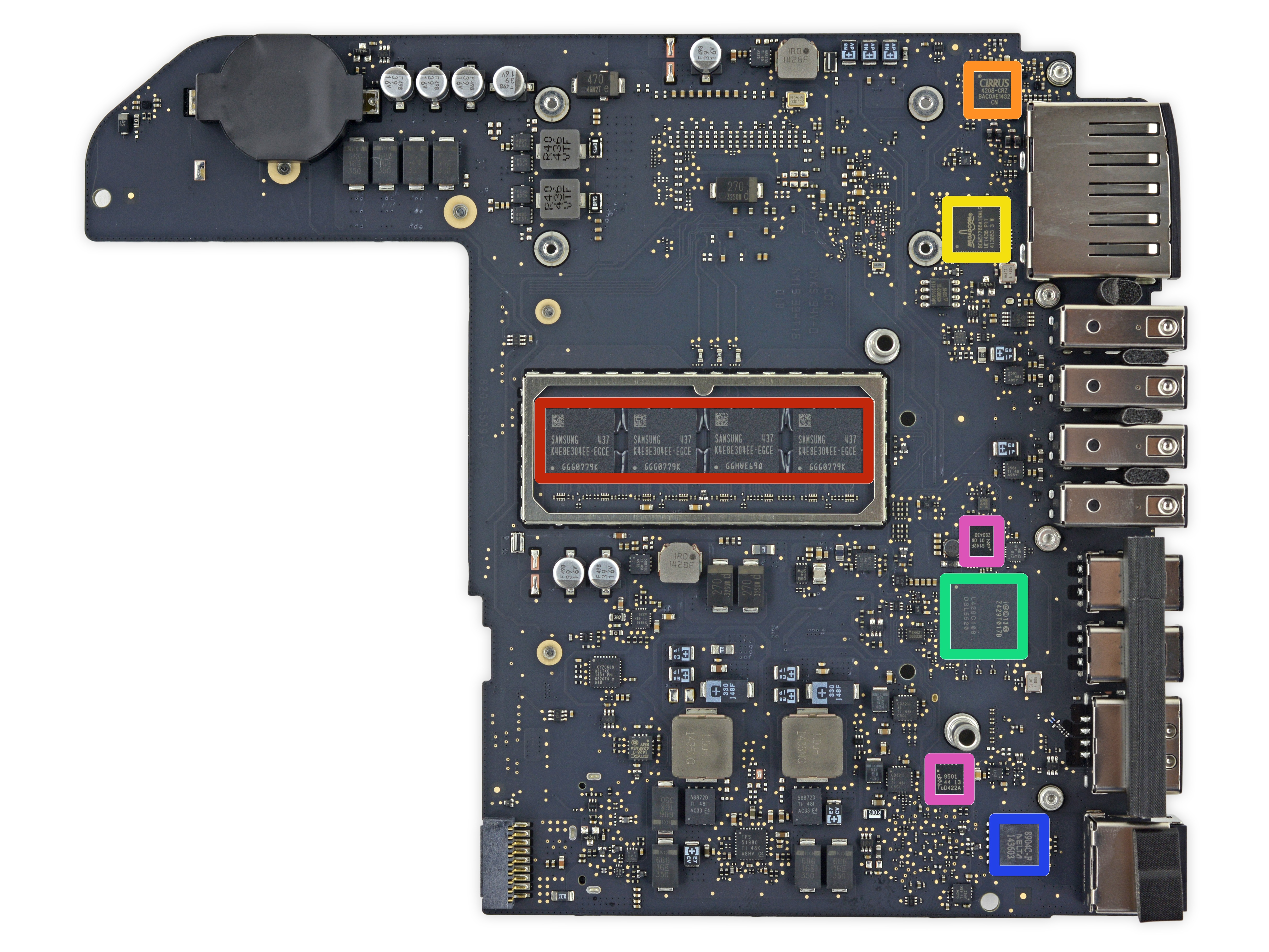


#Macbook pro late 2013 ssd full
The GigE ports on the back of the Mac Pro are thus independent and can sustain full bandwidth in tandem. Each controller is connected to its own PCIe 2.0 x1 lane, guaranteeing it more than enough bandwidth to operate at full speed. Each machine ships with two BCM57762 Gigabit Ethernet controllers and a BCM4360 802.11ac controller. This is absolutely the right approach, and one that all other OEMs should follow.īroadcom won all of the networking sockets in the new Mac Pro. I’m beyond pleased to see that Apple has moved its Mac lineup virtually top to bottom to PCIe SSDs. Although Mavericks itself seems to have issues that can cause high latency IO (particularly around quicklook), the SSD in the Mac Pro performed quite well. Random write performance takes a step backwards but all of the results we're showing here are more than enough for single user workstation use. The numbers were expectedly a bit higher than what I measured on the 15-inch Haswell rMBP and the 21.5-inch Haswell iMac thanks to the drive’s PCIe x4 interface. I ran the 512GB SSD through our standard four-corners Iometer test suite. The same issues wouldn’t matter in a Mac Pro. Last time I looked, OWC’s aftermarket MacBook Air/Pro SSDs consumed more power at idle compared to the Apple OEM drives. I’m primarily talking about ultra low idle power not being as much of an issue for an SSD in the Mac Pro.
#Macbook pro late 2013 ssd portable
If OWC or anyone else was brave enough to produce an aftermarket Mac Pro SSD, it might come with fewer tradeoffs compared to what we’ve seen in the portable Mac space. Since Apple isn’t using a standard connector or form factor here, you can’t necessarily count on anyone offering a decent aftermarket solutions (although OWC has done so in the past).
#Macbook pro late 2013 ssd Pc
Personally I’d use the Mac Pro just as much as a regular PC (including gaming) as I would for photo/video work, so I’d push for the highest capacity SSD possible. Chances are you’re going to depend fairly heavily on external storage for media, which leaves you the flexibility of sticking with the base 256GB configuration. Upgrades to 512GB/1TB cost the same regardless of your starting point: $300 and $800, respectively. Both default configurations come with a 256GB drive. Definitely keep this in mind if you’re torn about what capacity drive you should outfit your system with.Īpple offers three SSD capacities with the new Mac Pro: 256GB, 512GB and 1TB. I continue to recommend keeping around 15 - 20% of the SSD free if you want to keep performance at a relatively high level. As long as you’re careful not to completely fill the drive you should be ok from an IO consistency standpoint as well. Samsung’s SSD architectures have evolved pretty well over the years. I believe this is a 2-bit-per-cell MLC design with a 512MB LPDDR2-1066 DRAM. My review sample had a 512GB Samsung XP941 based drive. The result is faster peak sequential speeds.Ĭustom SSD behind the GPU board on the left Unlike the new MacBook Pros, the Mac Pro SSDs only ship in a x4 PCIe configuration.

The connector looks similar to what’s in the new MacBook Pro but I haven’t verified compatibility.

There’s a single proprietary Apple PCIe SSD connector and module inside the new Mac Pro. You could argue wanting more internal PCIe storage, but hard drives don’t belong inside this machine - for that there’s Thunderbolt 2. The new Mac Pro does the right thing and abandons internal hard drives in favor of high-speed PCIe based storage.


 0 kommentar(er)
0 kommentar(er)
